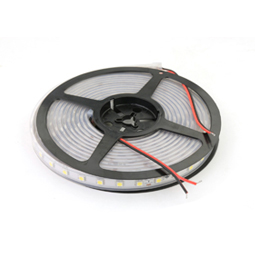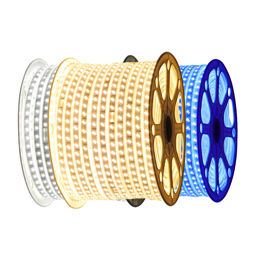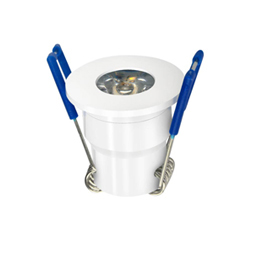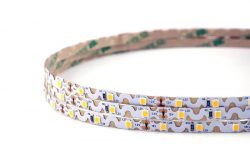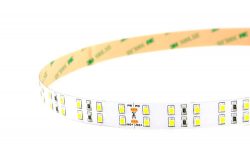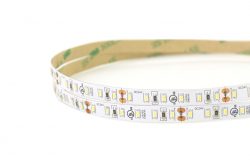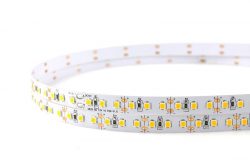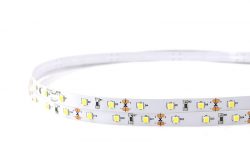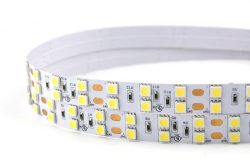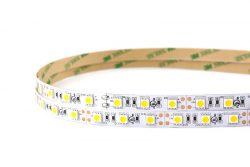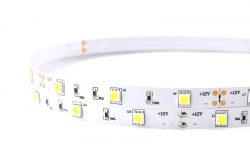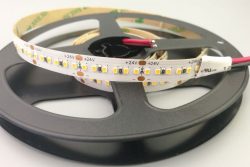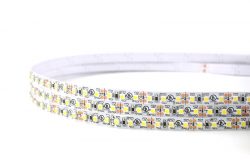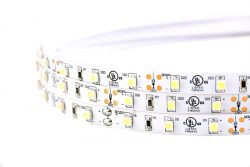1. What exactly does CRI mean (not to be confused with CCT)?

The color rendering index or CRI is a measurement of how well a lamp illuminates color.
It’s not a measurement of brightness per se but more an indication of how sharp colors will appear under its light.
CRI should not be confused with CCT which stands for correlated color temperature.
The two are related but represent different qualities of a lamp’s light.
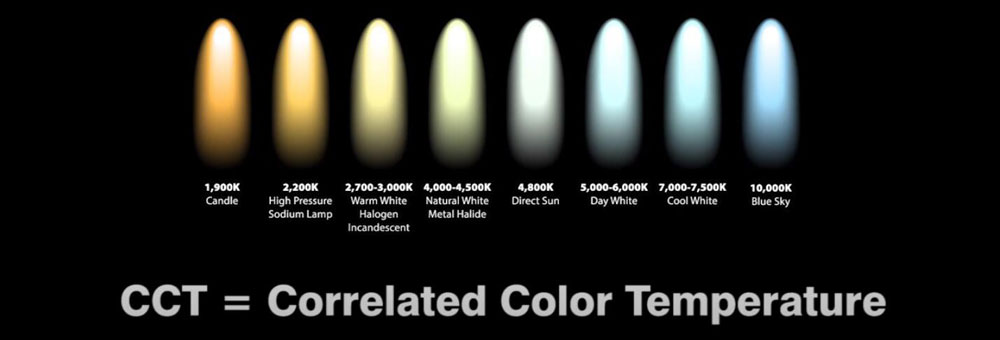
CCT is more a measurement of the light given off by the lamp itself.
When you hear people talking about warm white light or cool white light, they are talking about CCT or the color temperature of the light given off.
2. But what does it really mean to your eye?
The lighting industry uses CRI values to represent the quality of light a lamp emits – the “trueness” of the way colors appear under that light.
CRI is determined by comparing light sources of the same CCT – or color temperature – against a reference source with a CRI of 100.
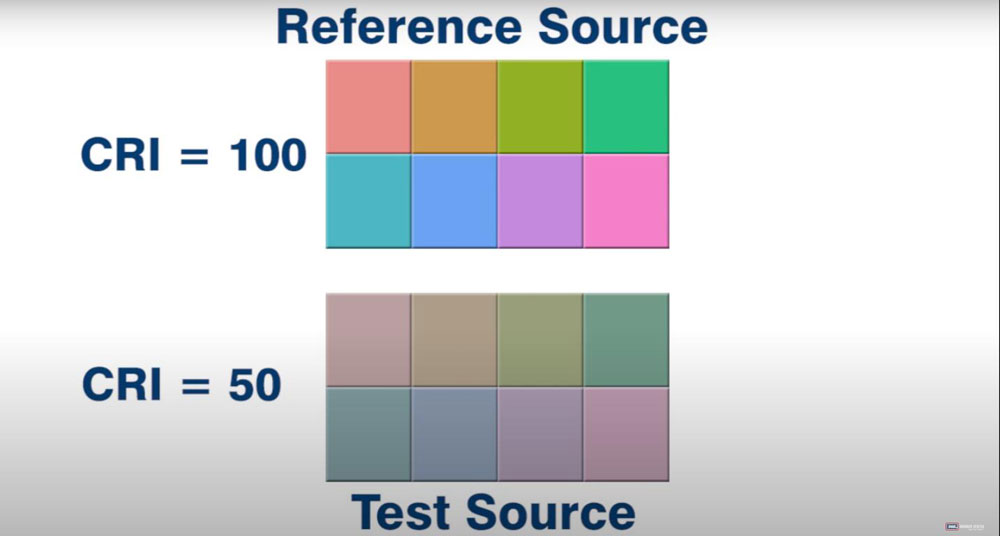
The testing method evaluates the light source’s ability to render eight standard pastel colors.
The difference between the light reflected by the reference source and the light reflected by the test source provides the numeric CRI value.
To most eyes, the closer the CRI value is to 100, the better the colors will appear under it, to give you an even better understanding.

Let’s take a look at five common lighting applications and the CRI values that are most often utilized for each one.

Commercial buildings often stick in the seventy to eighty-six CRI range for overall color quality.
But you will also find halogen or incandescent lamps of 100 CRI use to highlight artwork or other important features in the space.

Retail stores definitely want color details to pop especially in clothing or furniture sections.
So you will often find lamps with 90 CRI or higher is used to fill the space.

Industrial buildings often don’t require fluorescent lamps with more than 70 CRI, and can even go as low as 20 to 25 CRI when using Stan high-pressure sodium lamps.

Street lights and parking lots are two more examples where you don’t require high CRI lamps.
All you need in these situations is standard illumination to keep you on the road.
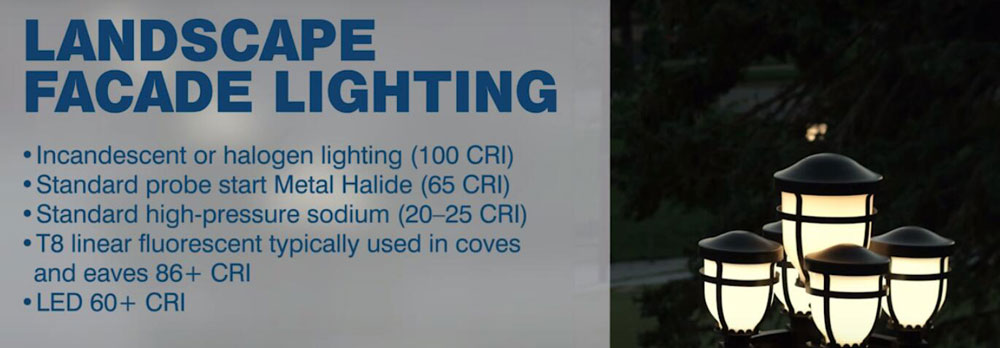
And finally landscape lighting. This lighting application will vary depending on the need, and the desire of the homeowner or tenant.
If you want to emphasize the colors of flowers or plants, CRI of 80 and above would be recommended.
However, if you just want to delineate where a walkway or path is, lower CRI lamps may be used. Remember, all I see color differently.
If you’re a contractor, your customer’s eyes are the only ones that matter.
Field testing different lamps on-site is always the best way to ensure your client will be happy with their new lighting.
Below are some high CRI LED light strips that we can provide, each of which can achieve more than 95 CRI.





